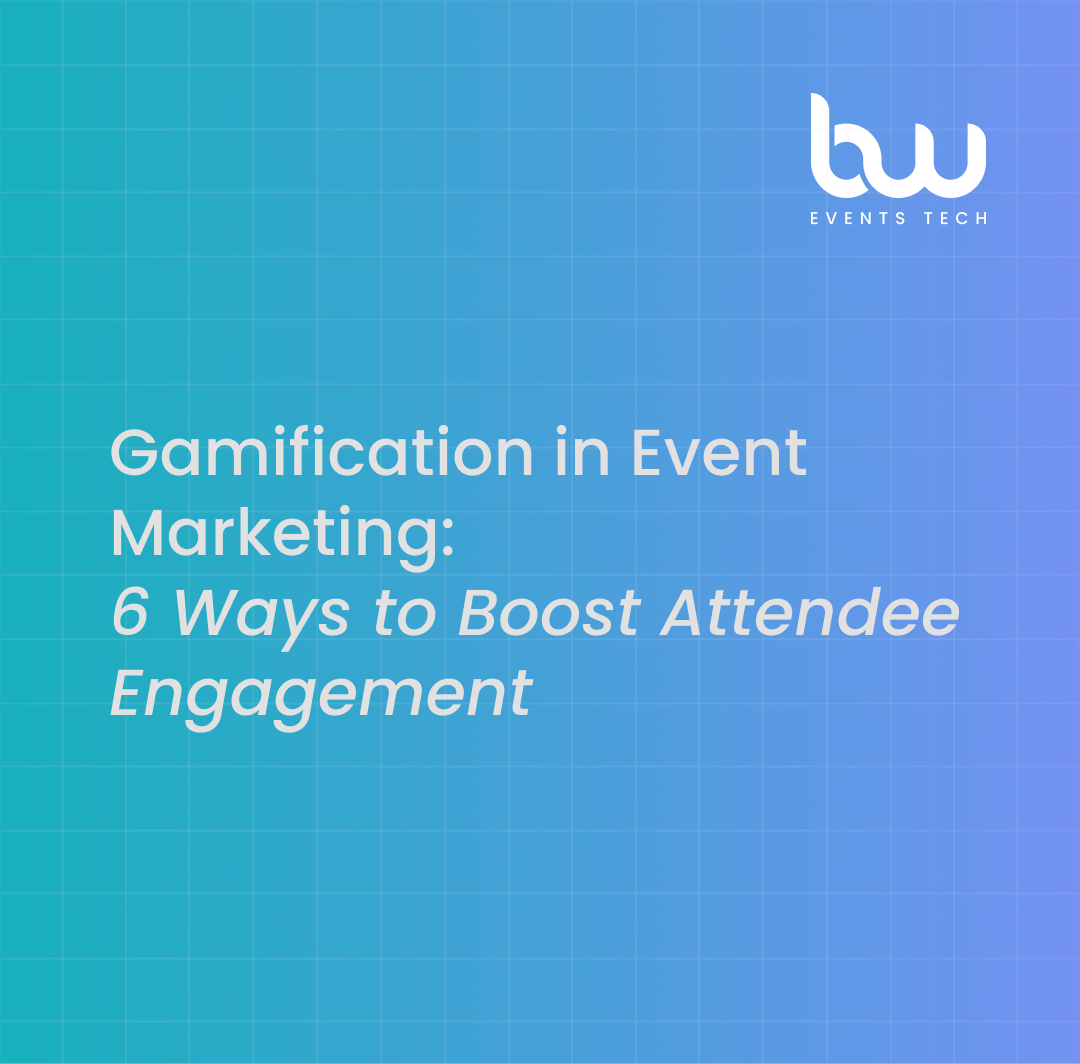In the world of events, attendance numbers have long been considered a key metric for success. Did we have more registrants than last year? and were our attendance numbers better than last year? often drive the conversation about event success.
HOWEVER with budgets and priorities shifting, it’s becoming increasingly clear that this way of thinking is outdated and not enabling event planners to make the best decisions. True return on investment (ROI) extends far beyond simple headcounts. Instead, event planners need to truly understand their goals and key performance indicators (KPIs) before their registration even goes live in order to get the most effective ROI metrics.
Shifting Perspectives: Beyond the Headcount
Traditionally, event success has been measured primarily by the number of attendees. While this remains an important metric, it fails to capture the full spectrum of benefits that events can offer.
Shifting perspectives to embrace an experience first approach involves recognizing the diverse range of values that events can generate beyond sheer attendance figures.
Making sure these experiences align with your KPIs and that there is a way to create data points around is also key for your overall strategy.
Quality over Quantity: Fostering Meaningful Connections
One of the most significant indicators of ROI lies in the quality of connections forged during an event.
Rather than focusing solely on attracting a large crowd, understand what your goals are for the event. Is networking key to your attendee’s event experience? Maybe you should prioritize opportunities for meaningful interaction.
Strategies such as curated networking sessions, interactive workshops, and intimate roundtable discussions can facilitate deeper engagement among attendees.
Engagement and Interaction: The Power of Participation
Active engagement is a powerful predictor of event success and subsequent ROI.
Encouraging participation through interactive elements such as live polls, Q&A sessions, and gamification can enhance attendee satisfaction and overall value.
Leveraging technology platforms and social media channels for user generated content (UGC) can extend engagement beyond the physical event space, amplifying its impact and reach.
Measuring Impact: Defining Success Metrics
To accurately gauge ROI, it’s essential to establish clear and measurable success metrics aligned with organizational goals.
Beyond attendance numbers, metrics such as lead generation, brand visibility, stakeholder satisfaction, and post-event feedback play pivotal roles in assessing overall success.
Implementing post-event surveys, tracking social media metrics, and analyzing attendee behavior can provide valuable insights into the event’s impact and effectiveness.
Long-Term Relationships: Cultivating Lasting Value
The true ROI of an event often extends far beyond its immediate outcomes, manifesting in the form of long-term relationships and partnerships.
Nurturing connections forged during events and maintaining ongoing engagement with attendees can unlock enduring value for organizations.
Strategies such as post-event follow-ups, personalized communication, and exclusive community-building initiatives can help sustain momentum and foster loyalty among stakeholders.
In Conclusion
As the events landscape continues to evolve, it’s imperative for organizers to expand their perspectives and redefine the parameters of success. While attendance numbers remain relevant, they represent just one facet of the broader ROI equation. By prioritizing quality over quantity, fostering meaningful engagement, and measuring impact beyond surface-level metrics, organizations can unlock the hidden ROI that lies beneath the surface, cultivating lasting value and driving sustainable growth.







